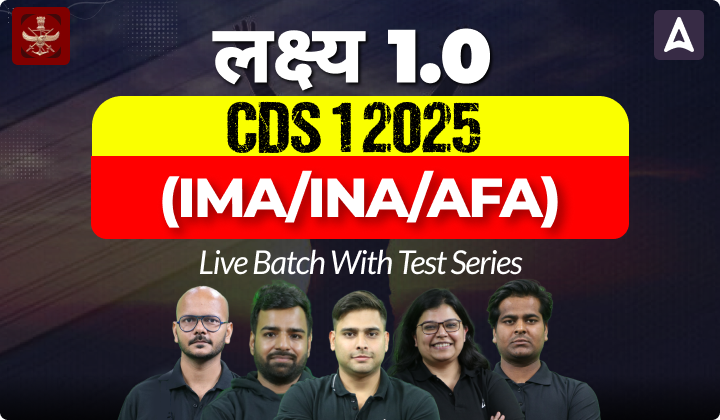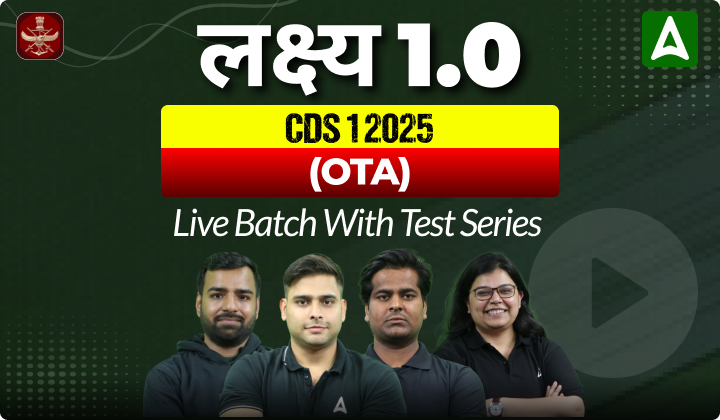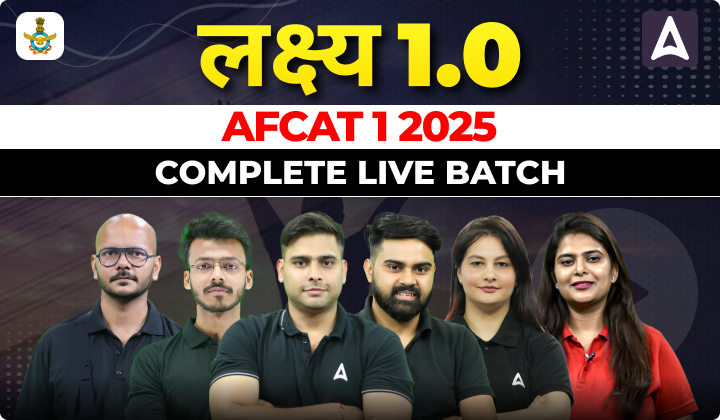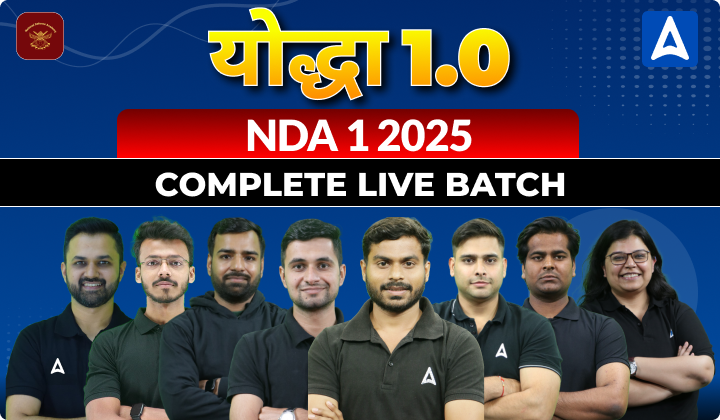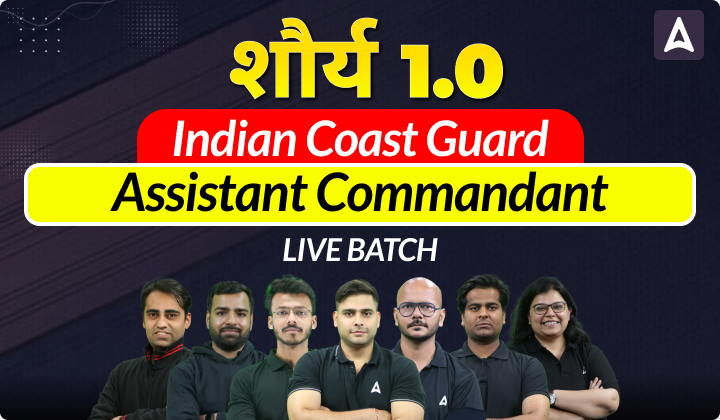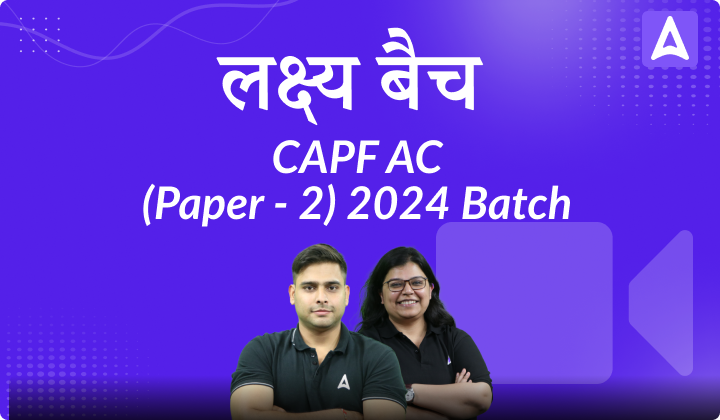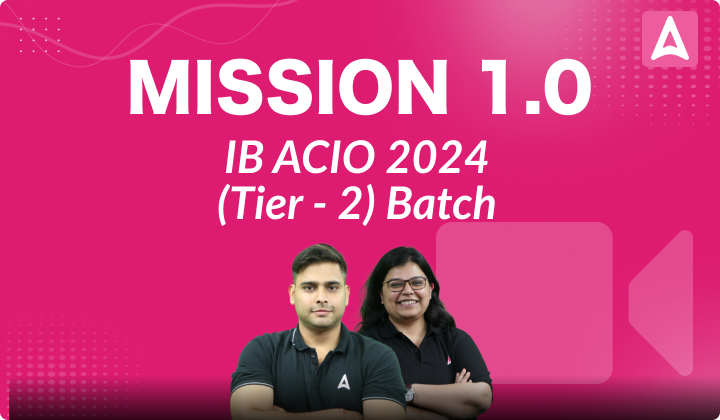One Rank One Pension Scheme
The One Rank One Pension (OROP) scheme is a government initiative implemented in India to ensure that retired personnel of the same rank and with the same length of service receive the same pension, regardless of their date of retirement. The main aim of this scheme is to provide equal pension benefits to veterans by eliminating discrepancies that existed due to earlier pension systems, where pension amounts varied based on the year of retirement.
One Rank One Pension (OROP)
Lets understand this better with the help of an example. Under the One Rank One Pension (OROP) scheme, an officer who served for 15 years (from 1985 to 2000) and retired in 2000 would receive an equal pension compared to an officer who retired in 2010 and served from 1995 to 2010, also for a duration of 15 years. The scheme ensures that individuals of the same rank and length of service, receive the same pension, regardless of the year they retired.
Before this One Rank One Pension Scheme, the pension was calculated primarily on the last salary drawn by the personnel, without considering the length of their service. The issue in this approach occurred where a lieutenant general who retired in 1995 would receive a pension nearly 10% lower than that of a colonel who retired after 2006, even if both officers had served for the same duration. This difference occurred because the main focus was on the final salary, disregarding the years of service. This discrepancy highlighted the need for a fairer system, leading to the implementation of the One Rank One Pension scheme to ensure equal pension benefits based on rank and length of service.
One Rank One Pension Issue Origins
For a period of 26 years after independence, the armed forces followed the “one rank one pension” model to determine pensions. However, in 1973, the One Rank One Pension model was discontinued under the government led by Indira Gandhi. Moreover, the Third Pay Commission introduced changes that resulted in a reduction in pensions for soldiers. In 1986, during Rajiv Gandhi’s tenure, the Rank Pay Scheme was introduced following the Fourth Pay Commission. This scheme led to a decrease in the basic pay of seven officer ranks in the army (and their equivalents in the navy and the air force) by fixed amounts known as rank pay. Consequently, many armed forces personnel experienced a decrease in their pensions starting from 1986 and onwards.
Arguments in favor of One Rank One Pension
With each subsequent pay commission, the gap between the pensions of current and past pensioners has progressively widened.
Armed forces personnel have comparatively shorter careers due to mandatory retirement, with approximately 80% of soldiers retiring between the ages of 35 and 37. This implies that they retire at much younger ages compared to the standard retirement age of 60 for civilians. So it becomes important to provide sufficient support to military personnel so that they can maintain a good standard of living post-retirement.
Arguments against One Rank One Pension Scheme
The implementation of this scheme will place a huge financial burden on government. The annual cost is projected to range between 8,000 to 10,000 crore, and this figure is expected to rise with each subsequent revision of salaries.
Some individuals argue that comparing the armed forces pensions with those of civilians is not fair, as armed forces personnel receive various additional allowances and benefits that are not available to civilians. These include access to dedicated army schools, colleges, hospitals, subsidized food and beverages, as well as reserved quotas for their children in universities and schools.
One Rank One Pension Current Status
Under the One Rank One Pension (OROP) scheme, pensions will be recalculated based on the average of the minimum and maximum pension amounts received by personnel who retired in 2013, holding the same rank and length of service. The pensions of those individuals who currently receive amounts higher than the calculated average will remain unchanged.
A review of pensions will be conducted every five years to ensure they remain updated and relevant.
Personnel who choose voluntary premature retirement will not be eligible for the benefits provided by the One Rank One Pension scheme.


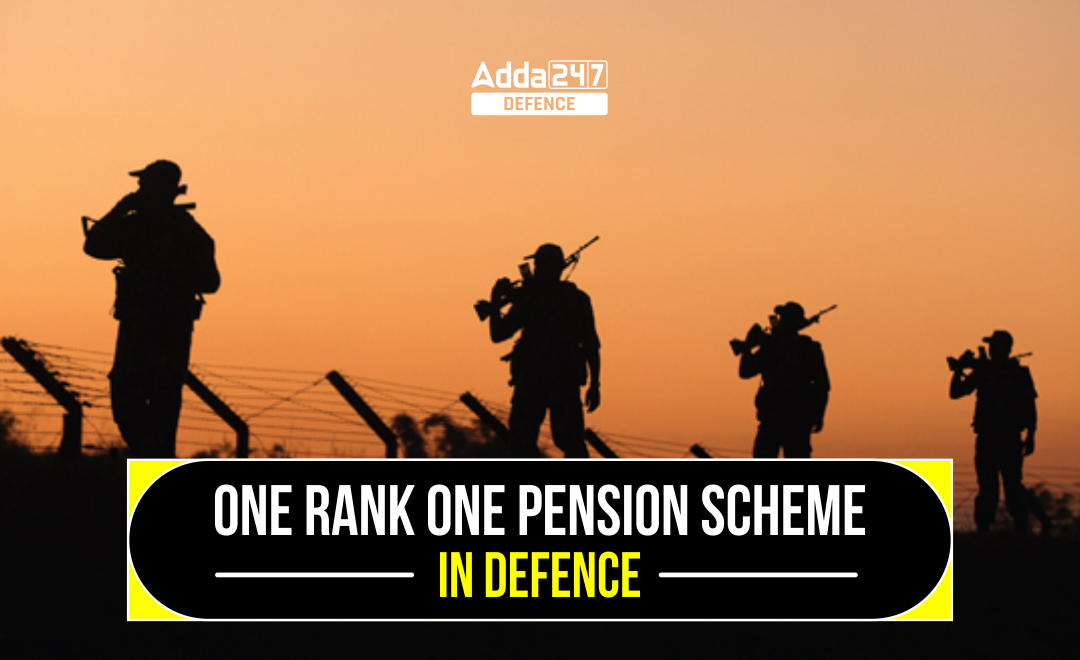

 Indian Navy SSR MR Recruitment 2025, App...
Indian Navy SSR MR Recruitment 2025, App...
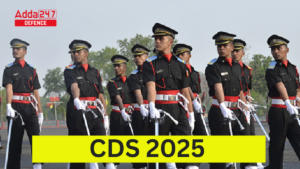 CDS 1 Exam Date 2025 Out, Check Exam Sch...
CDS 1 Exam Date 2025 Out, Check Exam Sch...
 AFCAT Exam Cut Off 2025 Out, Check Previ...
AFCAT Exam Cut Off 2025 Out, Check Previ...

